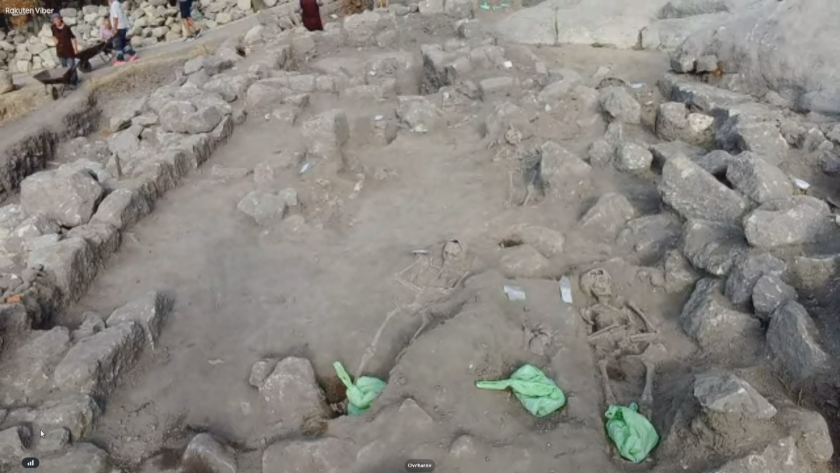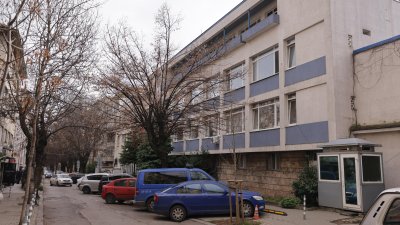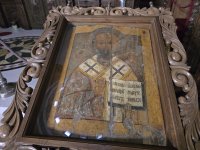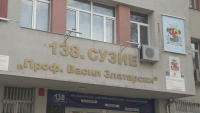ИЗВЕСТИЯ
Моите новини
Директорът на 138-о училище в София: Не съм слагал...
Чете се за: 02:30 мин.

Парламентът прие на второ четене удължителния закон за...
Чете се за: 04:02 мин.

Трилогия на всенародното веселие в новогодишната нощ по...
Чете се за: 02:47 мин.
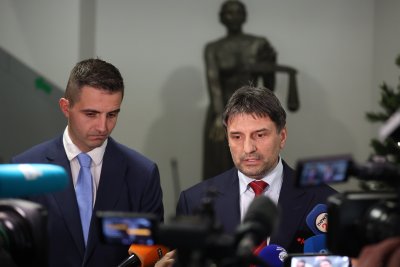
Записите от камерите в тоалетните на 138-о училище са...
Чете се за: 02:05 мин.
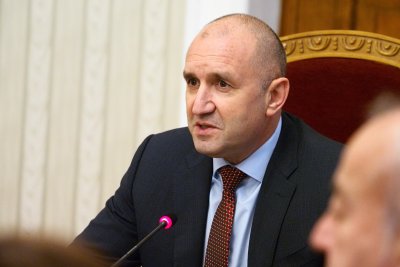
Президентът Радев продължава консултациите с "Алианс...
Чете се за: 00:22 мин.

На първо четене: Депутатите приеха удължителния бюджет
Чете се за: 00:27 мин.
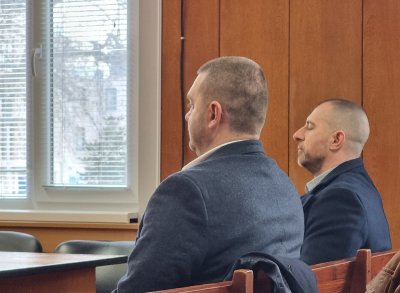
Общо 350 000 лева парична гаранция за свободата на Йордан...
Чете се за: 02:10 мин.

"Има такъв народ" при президента: В тази...
Чете се за: 04:42 мин.

БСП: Няма как този парламент да формира какъвто и да е...
Чете се за: 06:10 мин.






 Чуй новините
Чуй новините Подкаст
Подкаст
